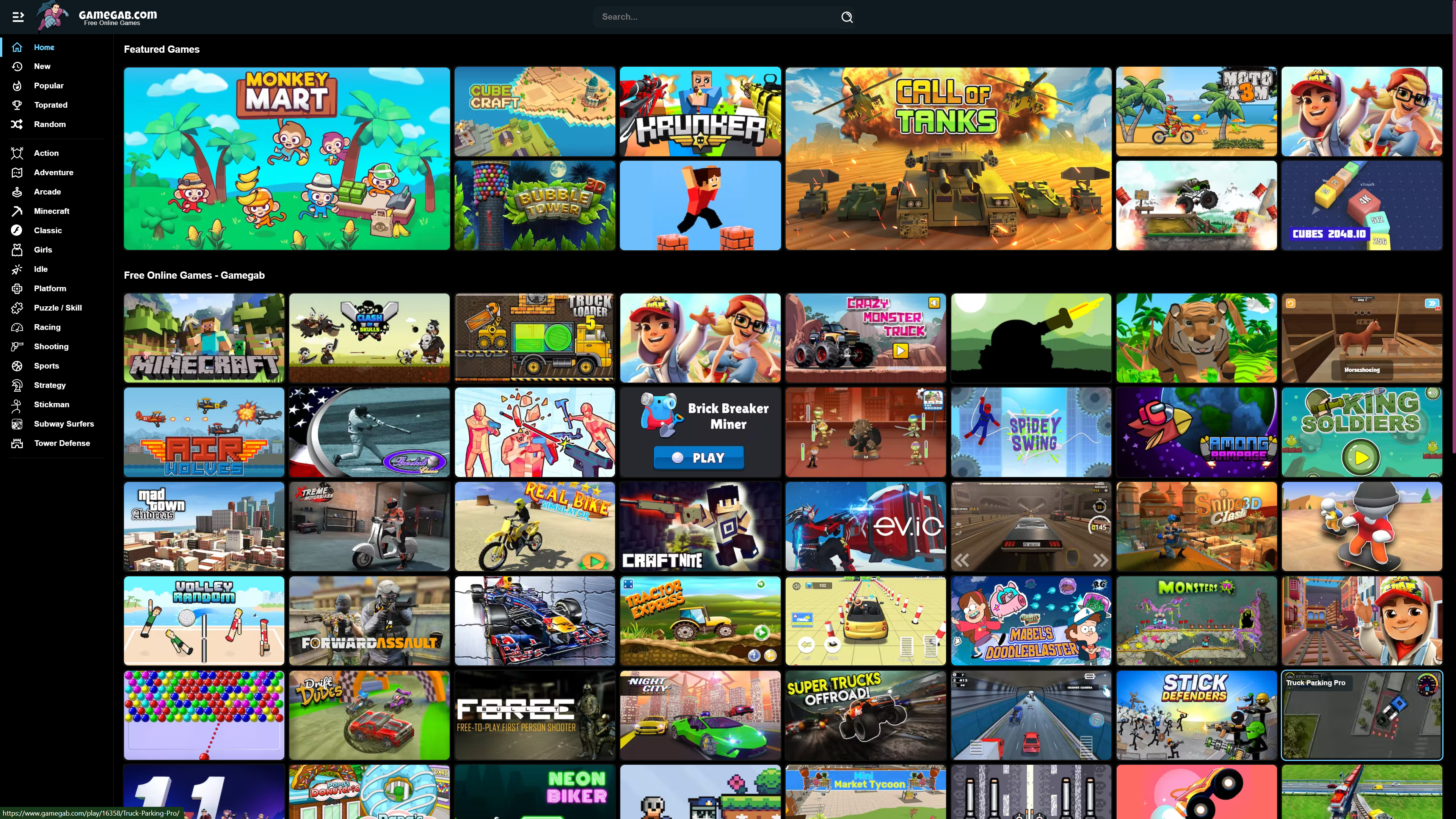6 Ways How Digital Workplace Services Enhance Employee Experience
Today’s digital workplace is transforming the way employees work. As more workers adopt Bring Your Device (BYOD) practices and cloud-based applications, they are finding new ways to streamline their workflow, optimize collaboration, and extend their reach from any location.
These changes are primarily driven by millennial employees, who now make up most of the workforce. Millennials want more than a job-they want a fulfilling experience that aligns with their values. They are also the most collaborative generation–working well together and expecting their employer to facilitate those efforts.
Businesses are reevaluating how they support worker experiences through digital workplace services in response to these shifting employee priorities. These emerging tools address modern needs while meeting standard security requirements.
Here are ways how digital workplace services enhance employee experience.
- Unified communication
The first step in supporting digital workplace services is to adopt unified communication – merging voice, video, and collaboration tools into a single platform. Communication needs are vastly different for employees working in the office and those working remotely.
A unified platform makes it easier for you to configure communication settings that match individual needs. This can include everything from video quality to scheduling to message and presence indicators.
With a unified platform, workers can seamlessly engage in synchronous activities like voice and video conferencing, group messaging, and screen sharing, regardless of location.
- Cloud Storage
As more employees adopt cloud-based applications, it becomes increasingly important to have a cloud storage solution in place. Not only can cloud storage alleviate the strain on your local network, but it also helps boost security by keeping critical data off-site.
Cloud storage solutions like Dropbox, Microsoft OneDrive, and Google Drive integrate easily with most digital workplace platforms, allowing employees to share and collaborate on any file type seamlessly.
They also provide robust audit reporting that allows you to track who accessed what file, when, and from where. Additionally, you can set access controls that grant or deny specific users access to particular files or folders.
- Remote Working Services
When some of your employees are stationed abroad, communicating through a traditional office environment can be challenging. Remote collaboration tools like video conferencing, instant messaging, and screen sharing allow you to work together efficiently. Still, they don’t allow for the natural flow of ideas from working in the same space.
Virtual reality tools, like VR headsets and telepresence robots, are emerging as the next step in remote collaboration. These tools allow remote workers to experience a physical presence in the office through avatars and spatial audio, making it feel like they are in the same room with their colleagues.
Ultimately, remote working tools can reduce communication costs, boost employee satisfaction, and improve overall collaboration.
- Collaboration Tools
Collaboration tools, like project and task management solutions, are essential for managing workflow and maximizing productivity across the organization. By centralizing employee tasks and tracking their progress, you can better plan workflows and identify areas for improvement.
Collaboration tools also allow you to create a centralized knowledge base, making it easier for employees to access and share critical information. Moreover, these tools are increasingly available as cloud-based applications; however, you should carefully consider whether your organization’s needs align with a particular vendor’s strengths.
Read More: digital health monitoring
- Workspace Automation
As more employees work remotely, it becomes increasingly important to deliver a consistent experience across the organization. This includes not only how people communicate but also how they select and share content, manage their calendars, and conduct research.
Workspace automation tools like Autonomy or Zoom allow you to automate many of these functions, ensuring that they match the experience of working in the office. Some devices allow you to set up rules that govern things like the type of information that appears in a digital application.
In contrast, others allow you to create macros that perform specific tasks like scheduling a meeting with a group of people. Additionally, many tools allow you to create custom integrations to extend their functionality further.
- Screen Sharing and Recording
As collaboration grows, screen sharing and recording tools become increasingly important. Screen sharing allows you to view another person’s screen and participate in their session.
This is helpful when you troubleshoot an issue with an employee and need to take control of their machine for a specific task. For example, you might use screen sharing to troubleshoot a problem with a customer or another employee.
Screen recording allows you to record a session, including both visual and audio content, and save it as a file you can store and reuse later. Screen recording tools are beneficial when you need to record customer support sessions or create training videos.
Wrapping Up
The digital workplace has come a long way since its inception. While early adopters were praised for their courage in ditching the brick-and-mortar office for virtual team meetings, modern digital workplaces are far from the early days of online collaboration. These modern professionals no longer see the office as a place to come for eight hours every day – they see it as a place where they can get work done and find everything they need when they need it. This new dynamic has led to a demand for digital workplace services that make it easier for employees to find the resources they need, collaborate and share information internally, manage their identity and security, and stay connected while on the go.











